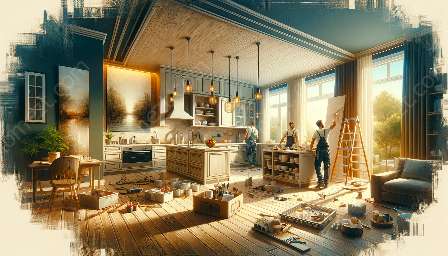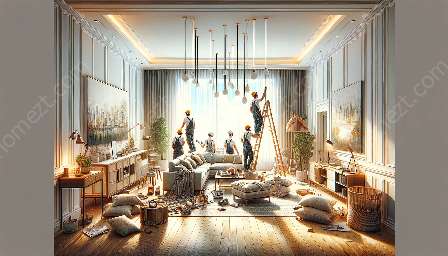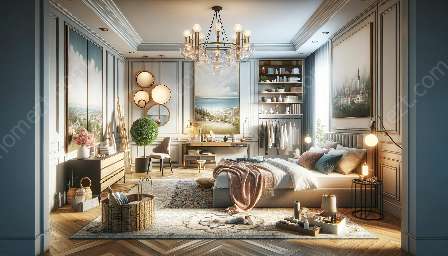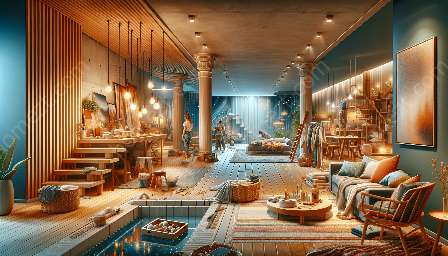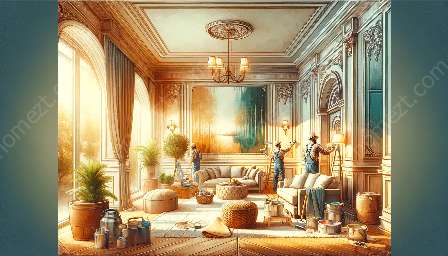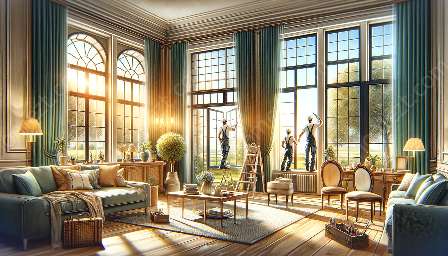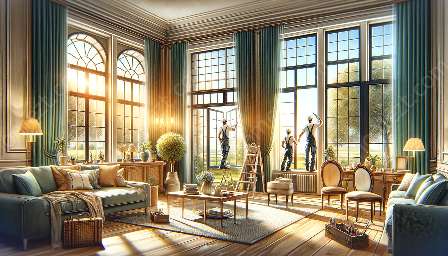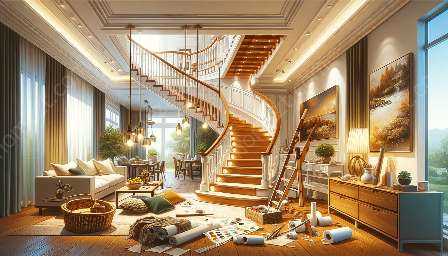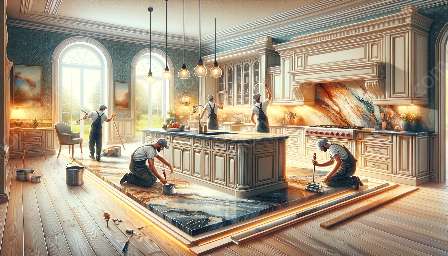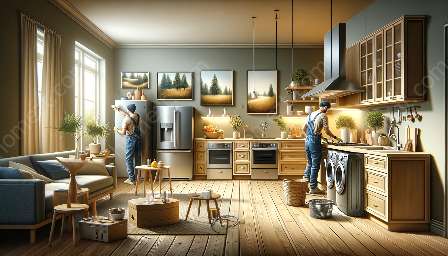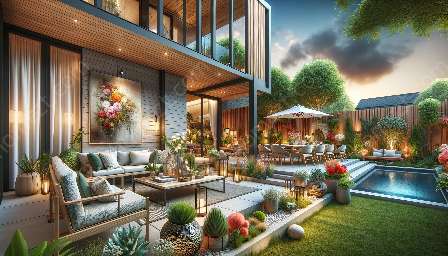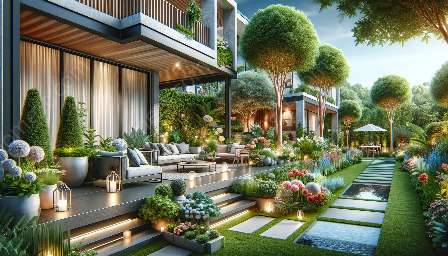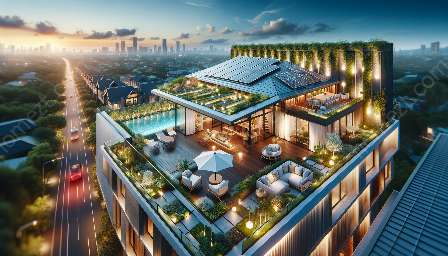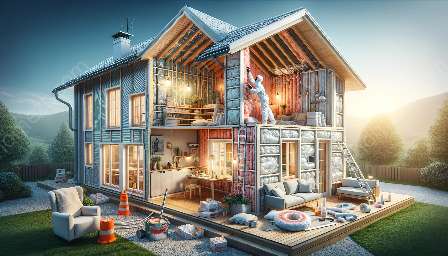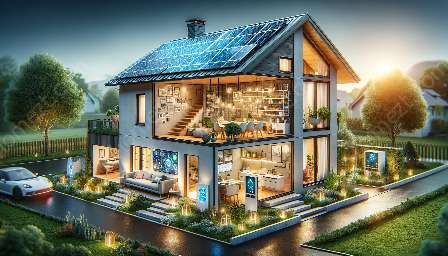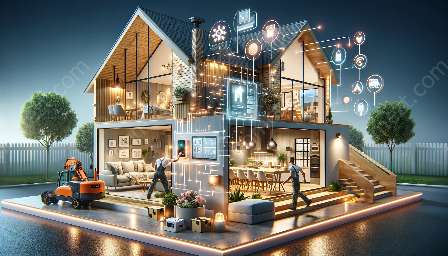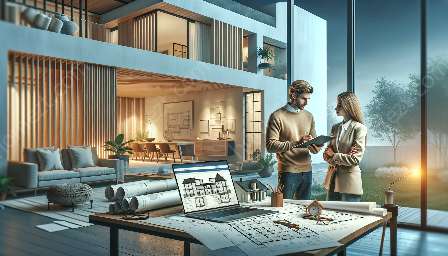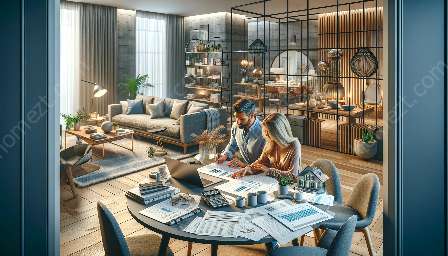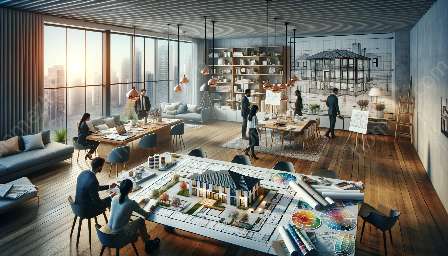Renovation planning and design can be an exciting but complex journey. It involves careful consideration of various aspects to ensure that the end result is not only aesthetically pleasing but also functional and practical. Whether you're considering a small home renovation or a complete overhaul, meticulous planning and thoughtful design are crucial for a successful outcome. In this comprehensive guide, we will delve into the key components of renovation planning and design, offering valuable insights and expert tips to help you achieve your ideal living space.
The Importance of Renovation Planning
Before embarking on any renovation project, it's essential to start with a clear and well-thought-out plan. Renovation planning involves assessing the current condition of the space, identifying the desired changes, setting a realistic budget, and establishing a timeline for the project. Without a solid plan in place, renovations can easily veer off track, resulting in unnecessary delays, overspending, and unsatisfactory outcomes.
By thoroughly planning the renovation, homeowners can avoid common pitfalls and ensure that the final result aligns with their vision. This involves considering the purpose of the renovation, determining the specific areas or features that require attention, and establishing the overall design direction. Whether the goal is to modernize a traditional home, create an open-concept living space, or maximize natural light, a well-defined plan forms the foundation for a successful renovation project.
Design Considerations for Renovation
Once the planning phase is complete, the next crucial step is to focus on the design aspect of the renovation. Design considerations encompass a range of elements, from architectural details and spatial layout to material selections and aesthetic preferences. It's important to approach the design phase with creativity, practicality, and a keen eye for detail. Moreover, a deep understanding of the existing space and its potential allows for effective decision-making during the design process.
When considering design options, it's beneficial to explore different design styles and trends that resonate with personal preferences while also complementing the existing architecture and decor. This may involve researching modern, Scandinavian, traditional, or minimalist design aesthetics, among others. Additionally, understanding the principles of design, such as balance, proportion, and harmony, can guide the decision-making process and ensure a cohesive and visually appealing outcome.
Homemaking and Interior Decor Integration
Renovation planning and design are integral parts of homemaking and interior decor, as they directly contribute to creating a comfortable, functional, and stylish living environment. The integration of renovation planning and design with homemaking and interior decor involves aligning the renovation goals with the overall ambiance and functionality of the home. This synergy ensures that the renovated spaces not only look beautiful but also support the daily activities and well-being of the occupants.
By seamlessly blending renovation planning and design with homemaking and interior decor, homeowners can achieve a cohesive and harmonious living environment that reflects their lifestyle and preferences. This may involve incorporating sustainable and eco-friendly design solutions, optimizing storage and organization, and infusing personalized touches that add warmth and character to the home. Furthermore, the careful selection of furniture, lighting, textiles, and decor elements plays a significant role in enhancing the overall appeal and comfort of the renovated spaces.
Conclusion
Renovation planning and design offer a myriad of opportunities to transform living spaces and elevate the overall quality of life. By approaching renovation projects with a strategic plan and a discerning design vision, homeowners can breathe new life into their homes while expressing their unique style and personality. The seamless integration of renovation planning and design with homemaking and interior decor results in inviting, functional, and aesthetically pleasing homes that cater to the needs and desires of the occupants.


